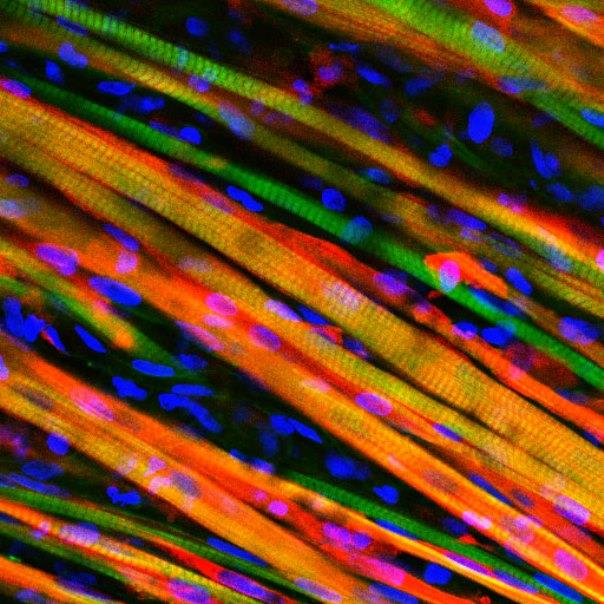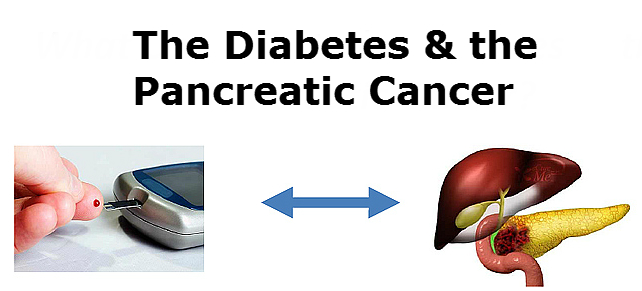
Playing violent video games may be linked to violent thoughts and behavior among kids, according to a new study.
The report, based on data from Singapore, found that kids who often play violent video games end up showing more aggression later on, and more often believe hitting is acceptable, than kids who don’t play them.
Parental monitoring of gaming didn’t seem to lessen the association.
“Just like children’s bodies can be affected by what they eat, their brains can be affected by what they repeatedly do,” Douglas A. Gentile told Reuters Health in an email. He worked on the study at Iowa State University in Ames.
Experts still debate whether there is a connection between violent video games and later aggressive behavior, and if so, how the connection works.
The three-year study included about 3,000 kids ages eight to 17. Each year, researchers asked the kids how often they played video games on weekdays and weekends, what three games were their favorites and how much violence was in those games.
They also asked the kids if they would hit someone else when provoked.
Another set of questions addressed the kids’ feelings about violence in general, whether they thought hitting was okay in some situations or if they ever daydreamed about hurting people.
Kids also reported how much their parents were involved in controlling video game time.
Children who played more violent video games tended to have more fantasies about violence and to think violence in real life was more acceptable, according to results published in JAMA Pediatrics.
The effect was statistically small, but might be a serious issue for individual parents worried about their kids, Gentile said.
The relationship seemed to be the same for boys and girls, for kids with and without a history of aggression and for kids with involved and uninvolved parents.
In studies conducted in the U.S., parental involvement has made a difference, so the culture of Singapore may have something to do with these results, Michele Ybarra, of the Center for Innovative Public Health Research in San Clemente, California, told Reuters Health.
“One reason may be that Singaporean parents don’t vary as much as Americans – they all tend to be involved, so it’s harder for our statistical processes to see what effect it has,” Gentile said.
Younger children seemed to have a larger increase in aggressive thoughts linked to video game play than older kids.
It’s tough for parents to know what to do based on this report, according to Christopher Ferguson, who researches the effects of media on behavior at Stetson University in DeLand, Florida.
“This is not a very good study,” Ferguson told Reuters Health. “This data set has been criticized before.”
The study design, which followed kids over time and relied on their own reports, is similar to a study that the U.S. Supreme Court rejected in 2011 as part of its ruling against banning the sale of violent games to minors, he said.
When researchers ask kids to report their own feelings and actions over time, certain kids may be more likely to admit to thoughts or actions, and that can skew the data, he said. He was surprised that for kids of such a young age, their parents weren’t factored into the study.
“The research we have now has been very inconsistent,” in terms of video games and aggression, Ferguson said. “There may be a connection to relatively minor acts of aggression, the equivalent of kids sticking their tongues out at each other.”
There is no evidence of a connection to bullying, fighting or school shootings, he said.
But violent video games are a divisive area of research, said Ybarra. She thinks the new study does accurately characterize the relationship between video games, thoughts and actions, even though it relies on kids’ self-reports.
“It depends on who you talk to,” Ybarra said. “Some people think that there’s a growing consensus (on video game-related violence), others think there’s growing debate.”
She believes there is a growing consensus that violent games may be tied to aggression, and that violent thoughts might be the intermediate step in the relationship.
“It seems odd to me that you would say there’s no problem with showing kids violent media,” she said.
Ybarra agreed that it’s hard to draw any real recommendations from this particular study. But, “it’s probably a good idea to do what you can to limit your kids’ exposure to violent video games,” she said.
Source: Reuters










